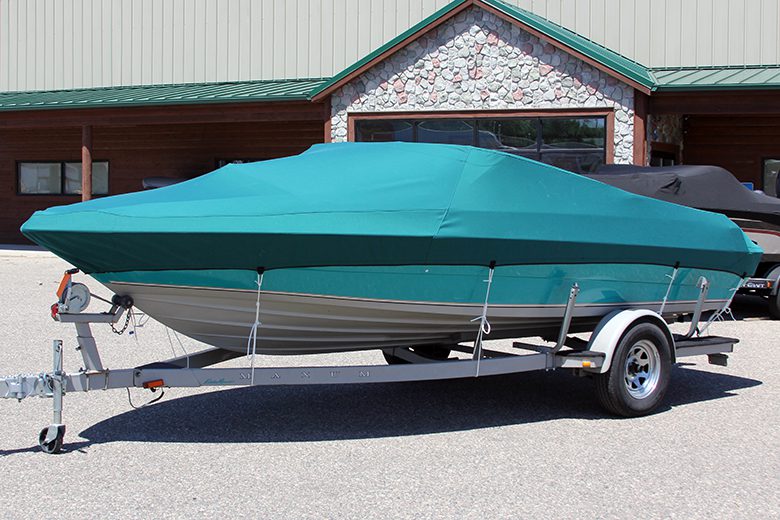Hydrofoils, also known as hydroplanes, have become increasingly popular due to their ability to glide across the water with minimal resistance. As a result, they are often used in recreational activities such as waterskiing, wake-surfing and wakesurfing. While the speed and maneuverability of hydrofoils make them great fun, they can also experience a phenomenon known as “porpoising”. This is when the foil jumps up and down in the water, which can reduce speed and make it difficult to maintain control. But, will a hydrofoil stop porpoising?
Will a hydrofoil stop porpoising?
The answer is yes, a hydrofoil can stop porpoising. The key to doing so is to identify the cause of the porpoising and then change the angle of attack at which the hydrofoil enters the water. For example, if you find that the hydrofoil is porpoising due to an excessively steep angle of attack, then you should reduce the angle of attack until the porpoising stops. Similarly, if the angle of attack is too shallow, then the angle of attack should be increased until the porpoising stops. There are also several other methods that can be used to reduce or eliminate porpoising, such as adjusting the trim and ride height of the hydrofoil and using a larger or heavier surface area of the foil.
One thing to keep in mind when attempting to stop porpoising is that it is important to make sure that you are not sacrificing speed and maneuverability in order to achieve a stop in porpoising. For example, if you reduce the angle of attack too much then you will reduce the speed and maneuverability of the hydrofoil, which can be detrimental. Similarly, adding more weight or surface area to the hydrofoil can also reduce the speed and maneuverability of the foil. Therefore, it is important to find the right balance between reducing porpoising and maintaining speed and maneuverability.
Another thing to keep in mind is that reducing porpoising does not necessarily mean that it will never happen again. Porpoising can occur due to a variety of factors, such as wind, waves, the speed of the hydrofoil, and the weight of the rider/passengers. Therefore, even if you are successful in reducing porpoising, it may still occur under certain conditions. However, with careful attention to proper foil trimming and weight/height adjustment, it is possible to significantly reduce the occurrence of porpoising.
Why Do Boats Porpoise?
Boats porpoise when too much of the hull at the bow is in contact with the water, causing the bow to lift momentarily. This reduces the forward momentum of the boat and can reduce the boat’s speed. It may also cause the boat to become unstable, to bounce harshly in the water, and may potentially cause wear and tear to the hull and outboard motors. Porpoising can be caused by a variety of issues including the weight of the boat, the weight of any cargo, the location of the trim tabs, the design of the boat, the power of the engine, and the waves in the water. In order to reduce porpoising, boat owners must check the weight of the boat and distribute it evenly, adjust the trim tabs as needed, balance the power of the outboards, and make sure the hull is designed properly. Porpoising can result in a less comfortable ride and can be dangerous and uncomfortable for boat passengers.
Can you hydrofoil without waves?
Hydrofoiling is a relatively new surface water sport which uses a hydrofoil board, a board which is fitted with fins and an aero foil underneath. Hydrofoiling is most typically done in the ocean with wave energy but it can also be done without waves.
If there are no waves available, it is still possible to hydrofoil. Instead of relying on wave energy such as swell or chop, it is possible to use the natural current of a body of water or a wind generator. This way, the hydrofoil board can be moved across the water without having to rely on waves. It can also be towed by a boat to give extra propulsion.
Using no waves will be harder than using waves, as it takes away the natural energy provided, meaning that the hydrofoiler is responsible for all the propulsion. The lack of waves and swell also reduces the distance and range that can be achieved during a hydrofoiling session.
In certain areas, it is even possible to use hydrofoils to generate electricity. This is usually done by attaching powerful turbines to the hydrofoils and allowing them to spin inside a body of water. This is an example of how hydrofoiling can still be done in the
Will a hydrofoil stop porpoising? – Conclusion
In conclusion, a hydrofoil can stop porpoising by adjusting the angle of attack at which the hydrofoil enters the water, as well as by adjusting the trim and ride height of the hydrofoil and using a larger or heavier surface area of the foil. However it is important to keep in mind that porpoising does not necessarily mean it will never happen again, due to factors such as wind, waves, and speed. Therefore, the key is to find the right balance between reducing porpoising and maintaining speed and maneuverability.



